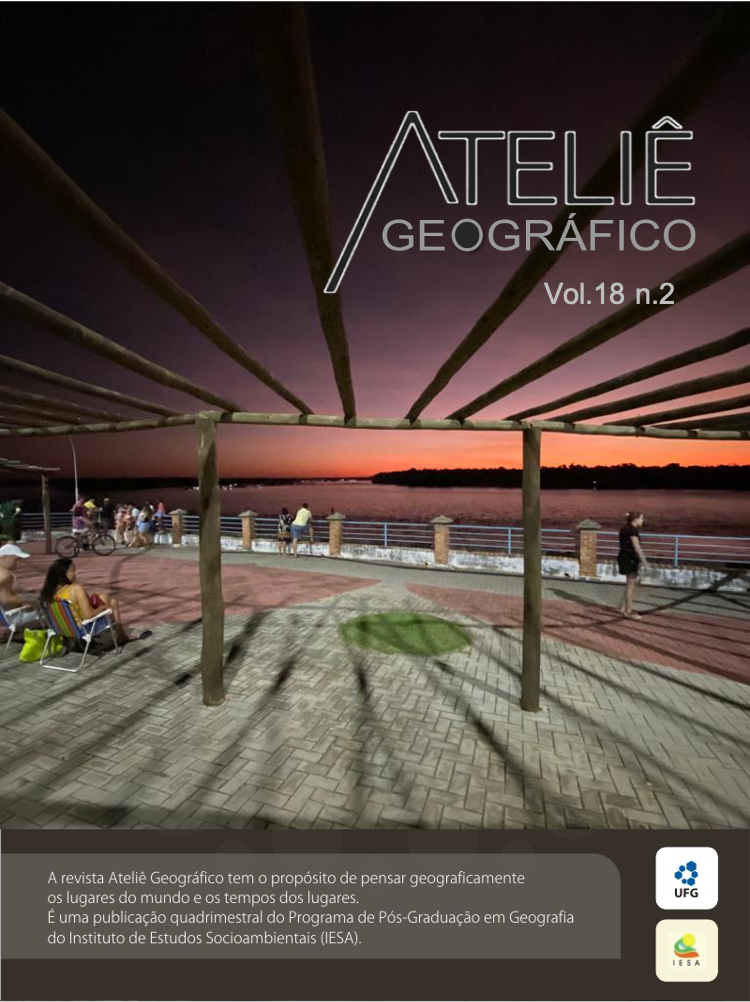Identification of Historical Mosque as Tourism Destination: comparison between Menara Kudus and Demak Great Mosque in Indonesia and Kobe Muslim and Tokyo Camii in Japan
DOI:
https://doi.org/10.5216/ag.v18i2.78047Abstract
The paper explores the identification and management of historical mosques as tourism destinations, comparing the cases of Indonesia and Japan. It examines different management patterns and strategies for developing historical mosques as heritage tourism products, emphasizing the preservation of authenticity and cultural elements. The study employed a qualitative descriptive method to examine the tourism activities of historical mosques in Japan and Indonesia. The data were collected through observation, in-depth interviews, and open-ended questionnaires. There were 50 respondents from Indonesia’s mosque and 30 respondents from Japan’s mosque. The interviews and open questionnaires were carried out face to face using Indonesian for Indonesia and for Japan using English and Japanese translator assistance. The study highlights the importance of incorporating cultural attractions, festivals, and halal markets to enhance the tourist experience. It also discusses the positive impact of visiting historical mosques on changing perceptions and promoting understanding of Islamic culture. However, the paper has limitations, such as a lack of comprehensive analysis of the economic impact and limited geographic scope.
Downloads
Downloads
Published
How to Cite
Issue
Section
License
Autores que publicam nesta revista concordam com os seguintes termos:- Autores mantém os direitos autorais e concedem à revista o direito de primeira publicação, com o trabalho simultaneamente licenciado sob a Licença Creative Commons Attribution que permite o compartilhamento do trabalho com reconhecimento da autoria e publicação inicial nesta revista.
- Os autores não serão remunerados pela publicação de trabalhos na Revista Ateliê Geográfico. Além disso, os conteúdos publicados são de inteira e exclusiva responsabilidade de seus autores, ainda que reservado aos editores o direito de proceder a ajustes textuais e de adequação às normas da publicação.
- Autores têm permissão e são estimulados a divulgar seu trabalho online (ex.: em repositórios institucionais ou na sua página pessoal), já que isso pode gerar alterações produtivas, bem como aumentar o impacto e a citação do trabalho publicado (Veja O Efeito do Acesso Livre).


